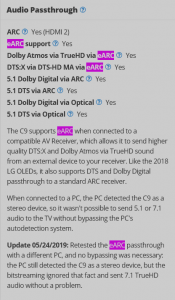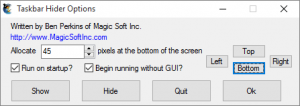defaultluser
[H]F Junkie
- Joined
- Jan 14, 2006
- Messages
- 14,398
Have they actually said anything about supporting HDMI 2.1 in upcoming video cards?
No, but given the unprecedented exception for support in Gsync-compatible HDMI displays, it's highly-implied that Ampere will bring this update!
Much like Nvidia introduced their Chroma hack to get your 60 hz on Kepler recards around six months before Maxwell 2.0s release, they're setting the stage here with VRR support! There's never a guarantee on when you can expect an interface update, but you can take signs of interest from Nvidia as a primer for the real-deal.
AMD has completely lost interest in pushing interfacce technology for TVs, so you'll have to wait for Nvidia.
Last edited:
![[H]ard|Forum](/styles/hardforum/xenforo/logo_dark.png)




